Okay, so we turn our noses up at coffee that isn’t Fair Trade, would never put beauty products on our faces with toxic ingredients we can’t pronounce and regularly shell our serious dollars on organic produce at places like Whole Foods. But when it comes to some of the products that we spend the most time surrounded by, homeware, we seem fairly happy to forget about eco and sustainability altogether, right? As much as you may have done the tentative research and discovered that, just like with fast fashion, maybe it’s time to reconsider the other purchases in your life, it’s not all that easy to stop cold turkey. We get it though. Admittedly, it was only after meeting Jennifer Gootman, West Elm’s Director of Social Consciousness and Innovation, that we realised just how important it is to be more considered when it comes to all of the other things we buy too.
In case you didn’t know it already, West Elm is leading the way on all things eco and sustainable – and it has been for years. It’s part of the reason Jennifer Gootman left her job (with nothing else lined up mind you), in a bid to propose a new role at the homeware brand to the powers that be with sustainability and ethical design at its heart. Today, her department is involved with everything: choosing and deciding the ways in which they work with factories and artisans to produce their pieces to the materials they’re made of and how those textiles are sourced. More than anything though, she’s made it her mission to totally break the stigma that eco-friendly, sustainable homeware can’t look. In fact, if you’re anything like us, you’ve long been a fan of West Elm’s designs without having a clue about just how hard they’ve been working behind the scenes to put these practices into place.
As with all of the women we profile, it’s not just in her current role that Jennifer’s shone. We’ll leave it to her to explain her not-so-run-of-the-mill CV in greater detail but let’s just say she graduated magna cum laude from Harvard and has followed on from the trajectory every since. She’s presented her work everywhere from the United Nations to NYU Stern Women in Business Conference and when it comes to taking a leap of faith professional, she knows it all to well so read on to find out more about her journey and swot up on the tips and tricks she’s picked up along the way.
ON STUDYING AT HARVARD: I’ve always been drawn to interdisciplinary work, and a double major in History and Women’s Studies allowed me to take courses across departments: history, sociology, psychology, literature. I was particularly interested in social justice and unwritten histories. In high school we’d learn about battles and sieges, but what was everyone else doing while the men were fighting? I got so much out of my time at Harvard—through my formal education and from the friendships that I developed there, which have shaped the way I am in the world. I grew up in Georgia and knew that I wanted to get out of there for college. My father went to Harvard, and my older sister was there as well, so the concept of applying wasn’t foreign to me. Once you get in to Harvard, it’s hard to resist going.
GRADUATING MAGNA CUM LAUDE: It means “with high honors,” which you receive if you maintain a certain grade point average and write a senior thesis. My thesis was an analysis of psychic hotlines as the intersection of talk therapy and spirituality—I’ve always been drawn to the non-traditional. I think that if I had been competing with other Harvard graduates for banking or consulting jobs, or if I had gone straight to law school, graduating with high honors may have given me an edge, but I was never drawn to the standard career path. In fact, it was on the eve of graduation that I landed my first job out of school as a travel writer for Let’s Go Mexico, which is published by Harvard Student Agencies, which then led to opportunities to work on the India and Italy books and sparked my love of travel.
DECIDING TO GO BACK TO SCHOOL AFTER 10 YEARS: I always wanted to feel ideologically committed to my work, and I loved the subject matter of the organizations that I worked for, but in my management role I began to feel removed from the actual programs and content. I also realized that I had reached the limits of what I could teach myself about running a business and could benefit from a formal education. Lastly, I wanted to integrate my creative side more fully into my professional life—I’ve designed and made jewelry most of life but my creative inclinations weren’t really tapped into at work. School was a fantastic experience for me to take a step back, think about what I love to do, and learn. After 10 years of working, it felt amazing to just be investing in my own knowledge. I loved how business school teaches you to break down problems and present ideas. After a liberal arts education and career, it had been years since I had taken a math class, and it was a great reminder of my quantitative inclinations (I am the daughter of a mathematician). Going back to school for an MBA and focusing on what I loved to do and learn about helped me carve out the career path that I am on today.
THE PROS AND CONS OF GOING TO BUSINESS SCHOOL: I think it depends on how much you already know what you want to do or how much you are still exploring options. If you already have a strong sense, the downside of an MBA is that you leave with debt so it can be harder at that point to branch out and do your own thing. You may be better served by investing those funds in your business. If you are still figuring it out, like I was, the time you are in school is this unique opportunity to explore possibilities, try things out and see if they resonate with you. It’s also a great chance to pivot in your career. I realized after school when I was running a small business, that the MBA curriculum is a great fit for someone starting a business because you learn a bit of everything—from accounting to strategy to marketing.
I took the risk of returning to school full-time after 10+ years in the workforce because I wanted to find a career path that fulfilled me personally. I found that over time—but there was plenty of doubt and angst along the way. My job at West Elm wasn’t finalized until many months after I had originally pitched it and had left my prior job. I was willing to risk waiting, turning down other job offers, to see it through because I knew it was my dream job. It was definitely worth it in the end, but there was no way to know without taking the chance and tolerating the insecurity that comes with the unknown.
ON THE FINANCIALLY INVESTING IN YOURSELF: I did not work while getting an MBA because I decided that since I was taking on significant debt to invest in my future, it was more important to get the most out of my experience in school and related activities than have a job that would provide a tiny relief against the debt load. I got some scholarship funds from NYU and took out student loans to cover the rest of tuition and living expenses. I took a leap of faith that I would be able to repay them some day—that’s one of the risks I’ve taken in my career that have helped me get where I am. My summer internship in Nicaragua was funded through the Social Impact Internship Fund at NYU Stern, and that experience was instrumental in shaping my career path. After school, I figured out a repayment plan and the first couple of years were stressful, but I would do it all over again.
HER IMPRESSIVE CV PRE-WEST ELM: Prior to joining West Elm, I spent more than ten years working with economic development and arts-focused nonprofits and social enterprises in New York, Nicaragua, and India. After writing for Let’s Go travel guides and living in Spain teaching English for a couple of years, I came to New York to work for Art in General, a non-profit art gallery in lower Manhattan. I was responsible for all press and publications and learned so much about graphic design, production, editing and (of course) contemporary art in that role. After working in the arts for several years, I decided I wanted to focus more on social justice issues, so I moved to the nonprofit magazine City Limits and its sister think tank Center for an Urban Future where I eventually became Deputy Director. The Center’s research on the creative sector drew me there—they were looking to quantify the economic impact of the creative sector in New York to support a policy case for investment: If governments subsidize industry to create local economic growth and opportunity, why not the arts? From that work, I learned so much about economic and workforce development and social justice that I apply at West Elm. I went from that job into my MBA program, and spent my summer internship with nonprofit Agora Partnerships in Nicaragua, where I planned and implemented a distribution and scaling strategy for a jewelry business that trains and employs disadvantaged youth. It was through that work in Nicaragua that I found my niche working within design-driven industries to create value for underserved communities through business and supply chain programming. After my MBA, I stayed in the nonprofit sector as the Executive Director of Global Goods Partners, a nonprofit that provides market access to more than 40 organized groups of women artisans around the globe through online sales, wholesale, and private label partnerships. It was through this work that I developed my expertise in helping artisan businesses scale and meet market demand and first met the team at West Elm.
HOW HER MOVE TO WEST ELM CAME ABOUT: I met the West Elm team about a year-and-a-half before I began working here because we were both founding members of an industry alliance to support the artisan sector. I saw how committed they were to the work and how lovely and approachable everyone was. And of course, I love the design! At that time, I was thinking about my next career steps. As the Executive Director of Global Goods Partners, I had grown the company three-fold, we were doing great work with artisans, but we were still a small business with limited purchasing power. I started to think of how impactful one could be making even small changes within a large company. I decided to take a leap of faith, give ample notice at Global Goods Partners, and start exploring opportunities with some of our retail partners. I wanted to be somewhere that really shared the vision and passion that I had and was open to new ideas and innovations—I could tell West Elm was deeply committed to the same values, from the top down, so I approached my contacts and told them that I wanted to work here and asked that they connect me with someone I could discuss the possibilities with.
I read Sheryl Sandberg’s Lean In just prior to pitching my job to West Elm. She wrote that when she started her new job at Facebook, she really appreciated the people who came to her and asked what she needed help with rather than pitching a specific idea that may or may not have hit the mark. You don’t have to have all the answers, you can simply say, “this is the skill set and experience I bring, I would love to put that to use here.” That’s what I did, and so far it’s worked out.
ON THE CRITICS: I think that tendency comes from people’s natural, and to some degree healthy, skepticism. But it’s easier to critique from the outside than face the reality that we all have a part in global supply chains and a responsibility to improve the way they operate. I am an idealist, or wouldn’t be in the career I am in. I think the possibility of failure or critique is implicit in making change, taking risks, and trying to address huge challenges but that’s not a good enough reason to stop trying. I firmly believe that progress can come from many small steps rather than giant leaps. If everyone tried to be a little more conscious of the implications of their actions, the cumulative impact would be huge. The key for this to work, I think, is helping the public see the process and effort behind the work that you are doing rather than coming out there and saying that you have it all solved and that you’re perfect. There are lots of great businesses out there that are proving that it’s possible to create a profitable and socially conscious business. We are in the relative infancy or this movement towards socially conscious business, and people can either choose to be a part of developing this exciting new model or accept the status quo. It’s nearly impossible to avoid being part of the modern economy that supports the lifestyle so many of us are accustomed to, so why not try to create a system that’s more mindful and just? Just because we haven’t seen something doesn’t mean it’s not possible.
TOP TIPS ON PUBLIC SPEAKING: Always prepare, but try not to script yourself too much. You want to have a structure to your presentation, a story line and key points, but it’s impossible to read any dense text once you are up there presenting in front of an audience. The language should be yours so that it feels natural and comes across that way. Remember that most people get nervous in front of audiences, but over time that lessens, so the best way to eventually overcome your fear is by jumping in and getting practice. Volunteer to present in lower-stakes situations so you get more accustomed to speaking in front of a crowd. And if you don’t feel like you performed your best, don’t be too hard on yourself! Take it as a learning experience and move on.
ON GOOD MANAGEMENT: I think that the same honesty and empathy that make personal relationships successful also bring out the best in work relationships. I once thought that people had professional personas and private personas. I now believe that the best environment is when you can be your full person at work, and I think a manager’s ability to encourage that in their employees is key.
ON LEANING IN TO NEW CHALLENGES: To me, taking risks means accepting the possibility of failure in order to explore the potential of a new and richer experience. So what if you fail? Then you try something else and you’ve had a great learning experience. You have to accept that the path may be rocky at times, though. I took the risk of returning to school full-time after 10+ years in the workforce because I wanted to find a career path that fulfilled me personally. I found that over time—but there was plenty of doubt and angst along the way. My job at West Elm wasn’t finalized until many months after I had originally pitched it and had left my prior job. I was willing to risk waiting, turning down other job offers, to see it through because I knew it was my dream job. It was definitely worth it in the end, but there was no way to know without taking the chance and tolerating the insecurity that comes with the unknown. I put my mind at ease by thinking of all the things I could do to earn an income and sustain myself if it didn’t work out – return to the jeweler’s bench, consult for artisan businesses, tutor—and that helped embolden me to pursue the ideal.
TRUST YOUR GUT: It is one of the most important skills in life in general! It has definitely proven true in my own career. When I was leaving my prior job and thinking about what was next, I had a feeling that my next job would be created for me rather than something that existed already. It was a gut sense that led me to where I am today. As soon as I had the first conversation with my now-boss about what this job could be, I knew instinctually this was what I was meant to do, and I would do all in my power to make it happen. At work, it’s my entrepreneurial and business instinct that’s helped me figure out how to build our department out. I’ve learned that curiosity, letting your mind wander and investigate, can lead to some of the best discoveries and ideas.
ON PUTTING YOUR BEST FOOT FORWARD AT WORK: I think the best thing you can do in the workplace is give it your all, and say to yourself: “If not me, then who?” If you receive a compliment at work or otherwise, accept it graciously, don’t minimize your contributions. If you are doing your job to the best of your ability and are in a supportive work environment, you shouldn’t have to market yourself too strongly. I read Sheryl Sandberg’s Lean In just prior to pitching my job to West Elm. She wrote that when she started her new job at Facebook, she really appreciated the people who came to her and asked what she needed help with rather than pitching a specific idea that may or may not have hit the mark. You don’t have to have all the answers, you can simply say, “this is the skill set and experience I bring, I would love to put that to use here.” That’s what I did, and so far it’s worked out.
WHAT SHE’S MOST PROUD OF & THE FUTURE: There is still so much I want to do at West Elm. I am so proud that I helped create this position and the direction of our work in this space; it’s a labor of love for me. I am thankful that I have been able to follow a path that combines so many different parts of who I am and channel that creativity, empathy, business intuition, and sense of justice into something bigger. Some day I would love to run my own company, but I am thrilled to be where I am right now.

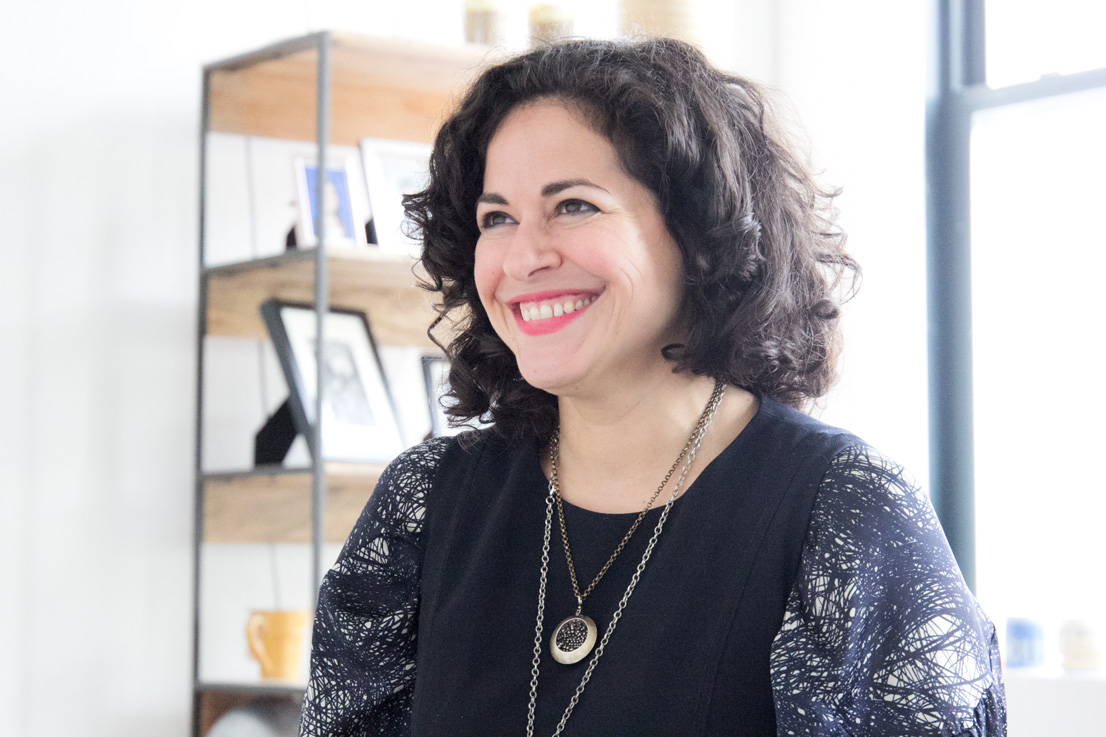
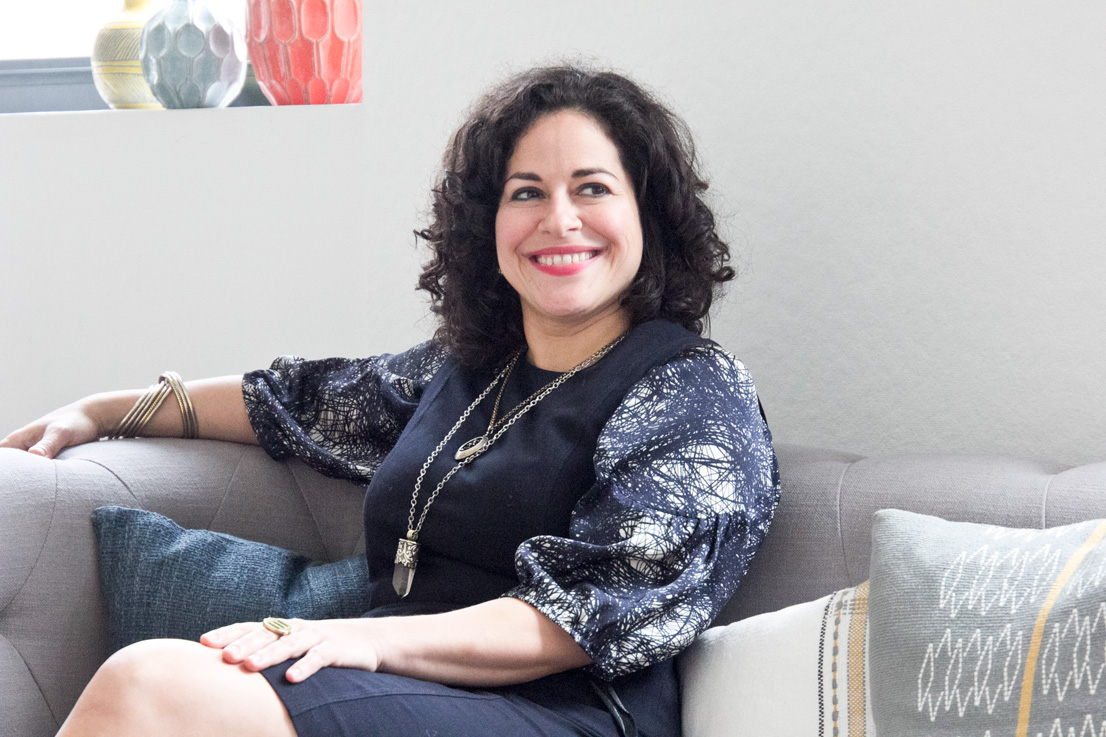
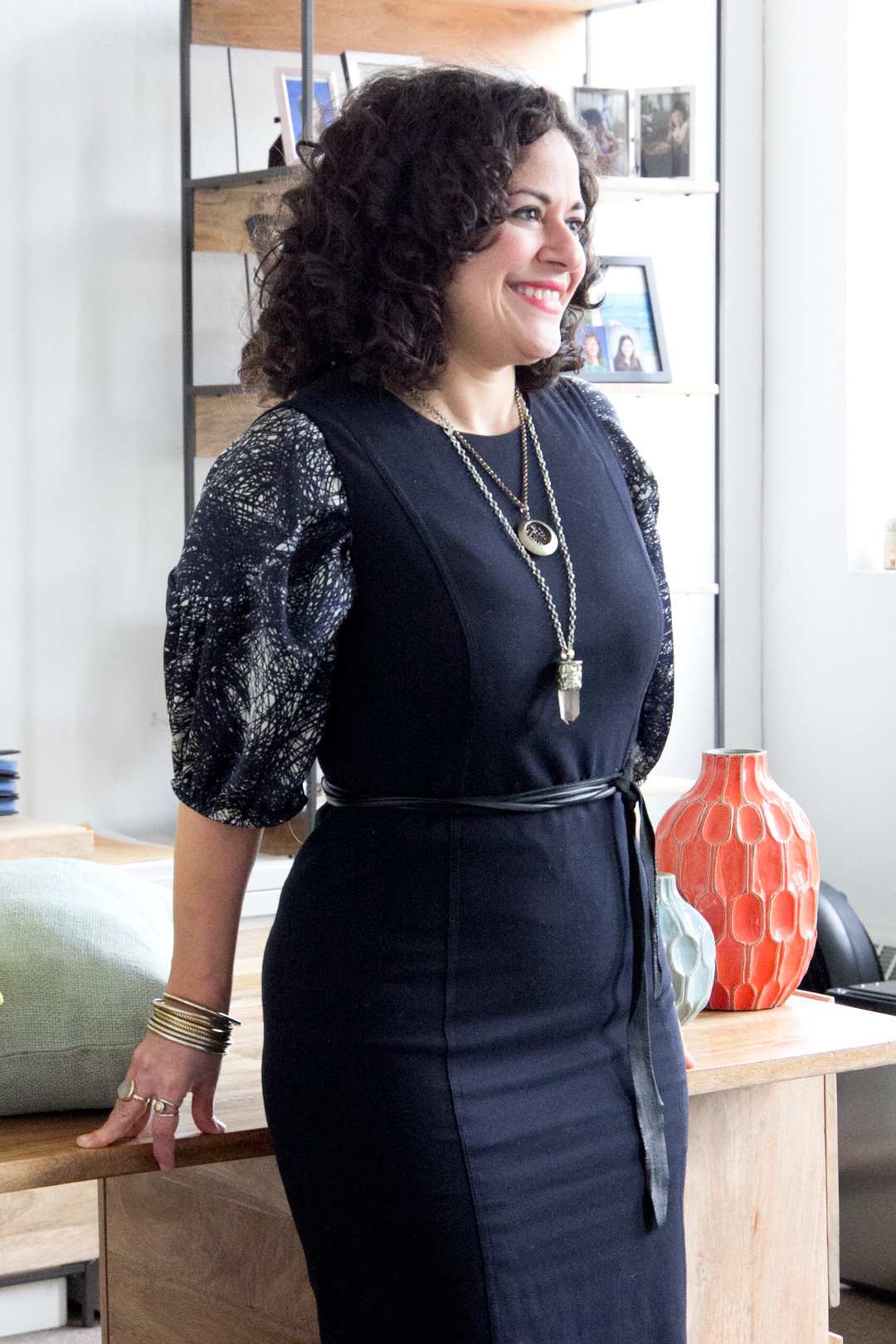
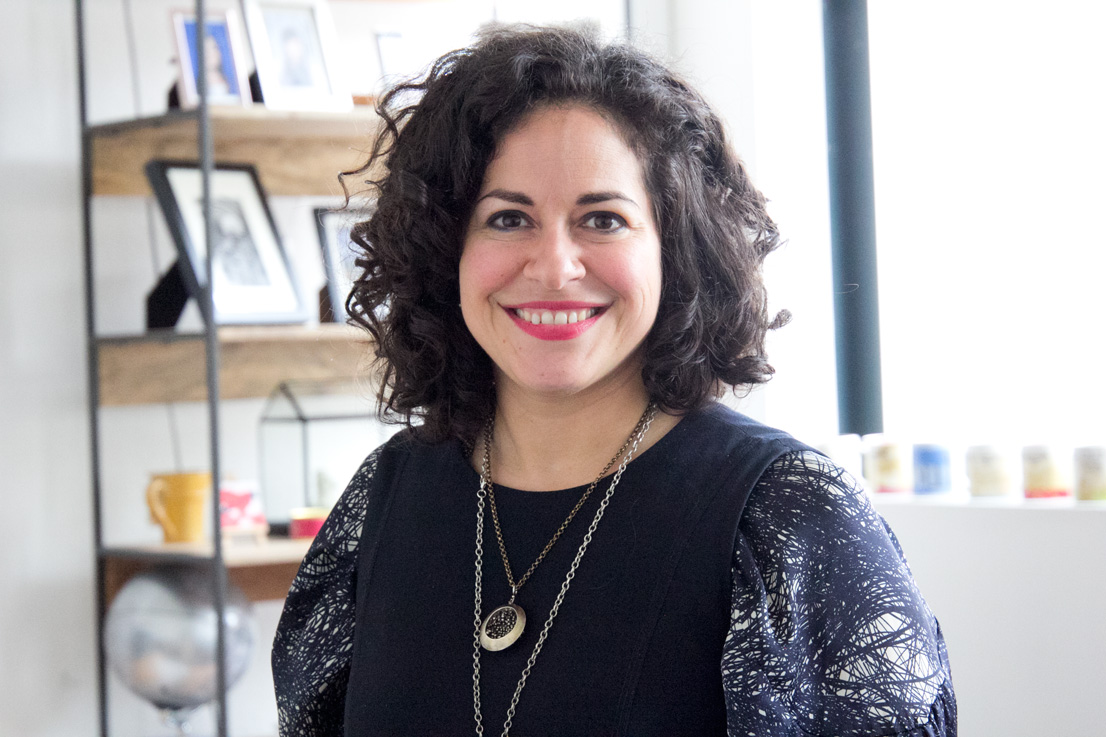
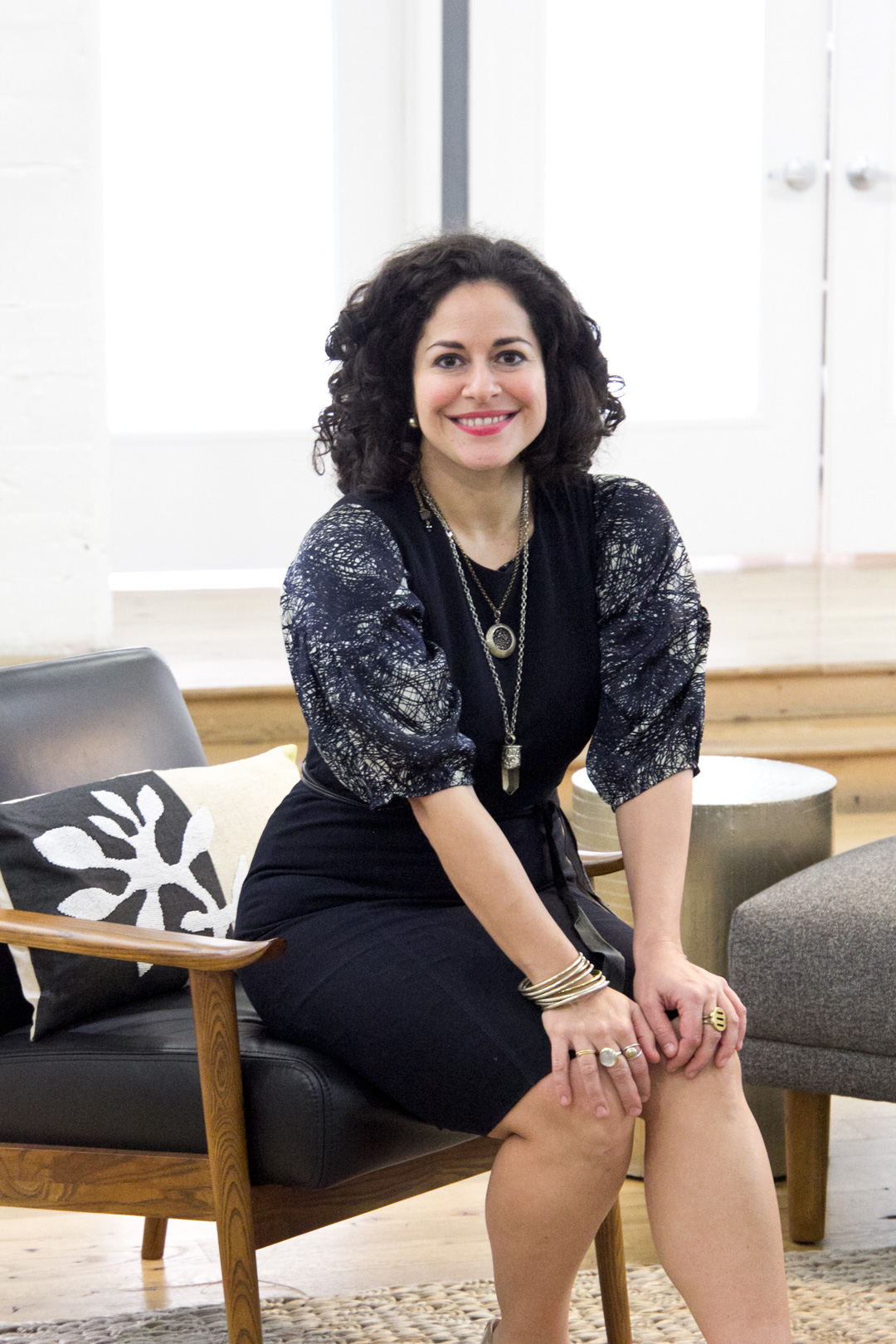
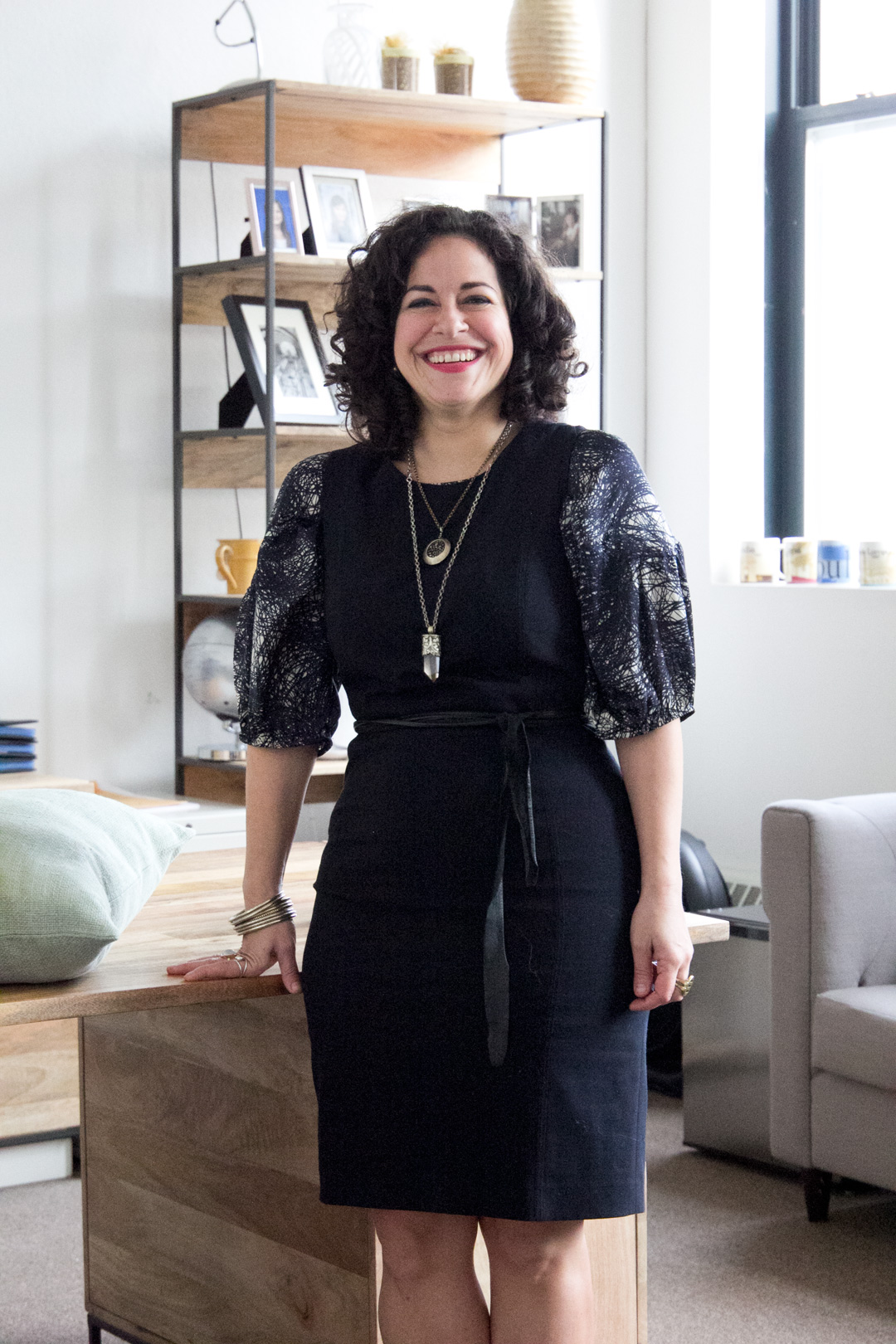
I am real proud of you and you look so happy good luck !love aunt freda